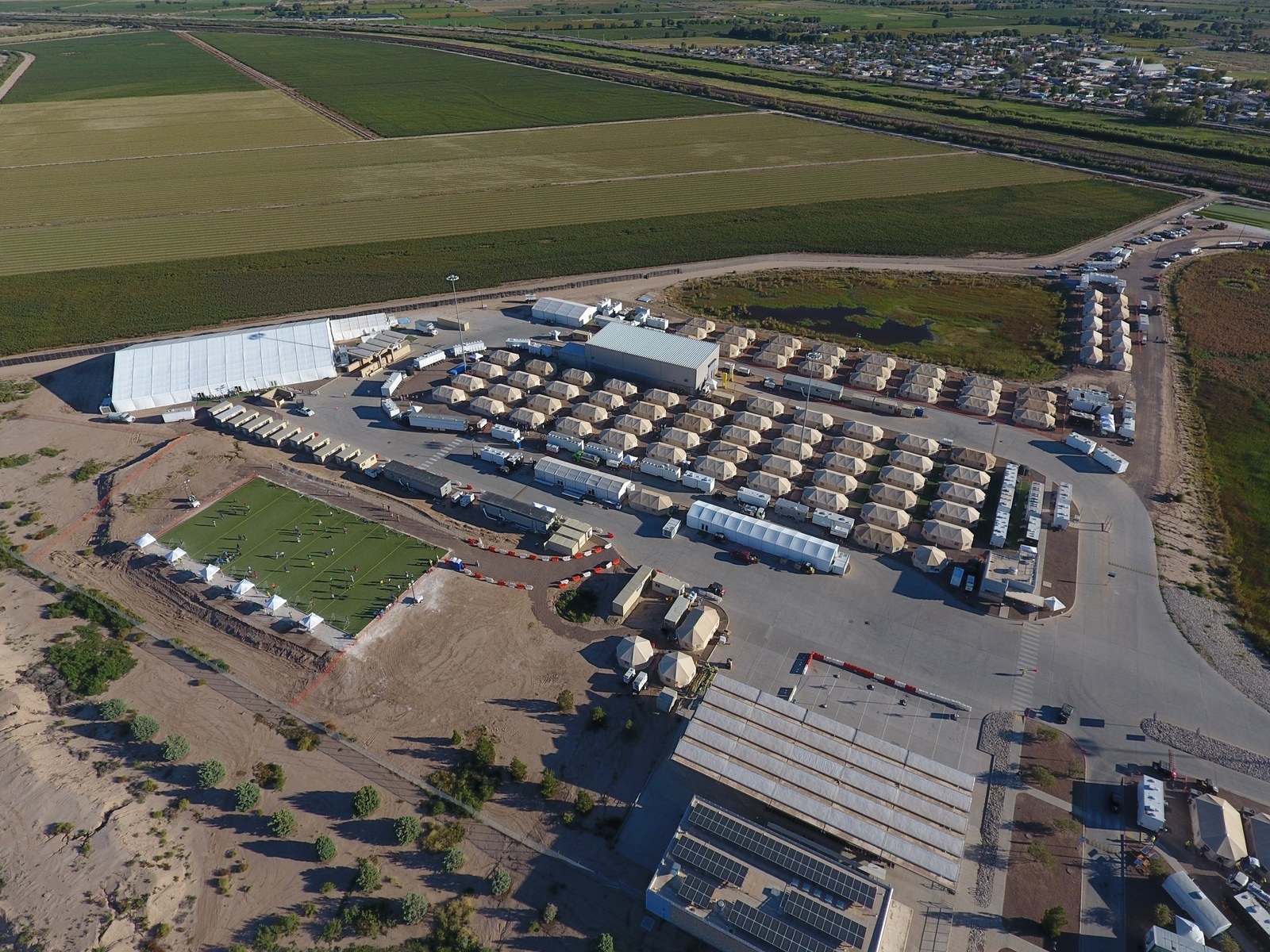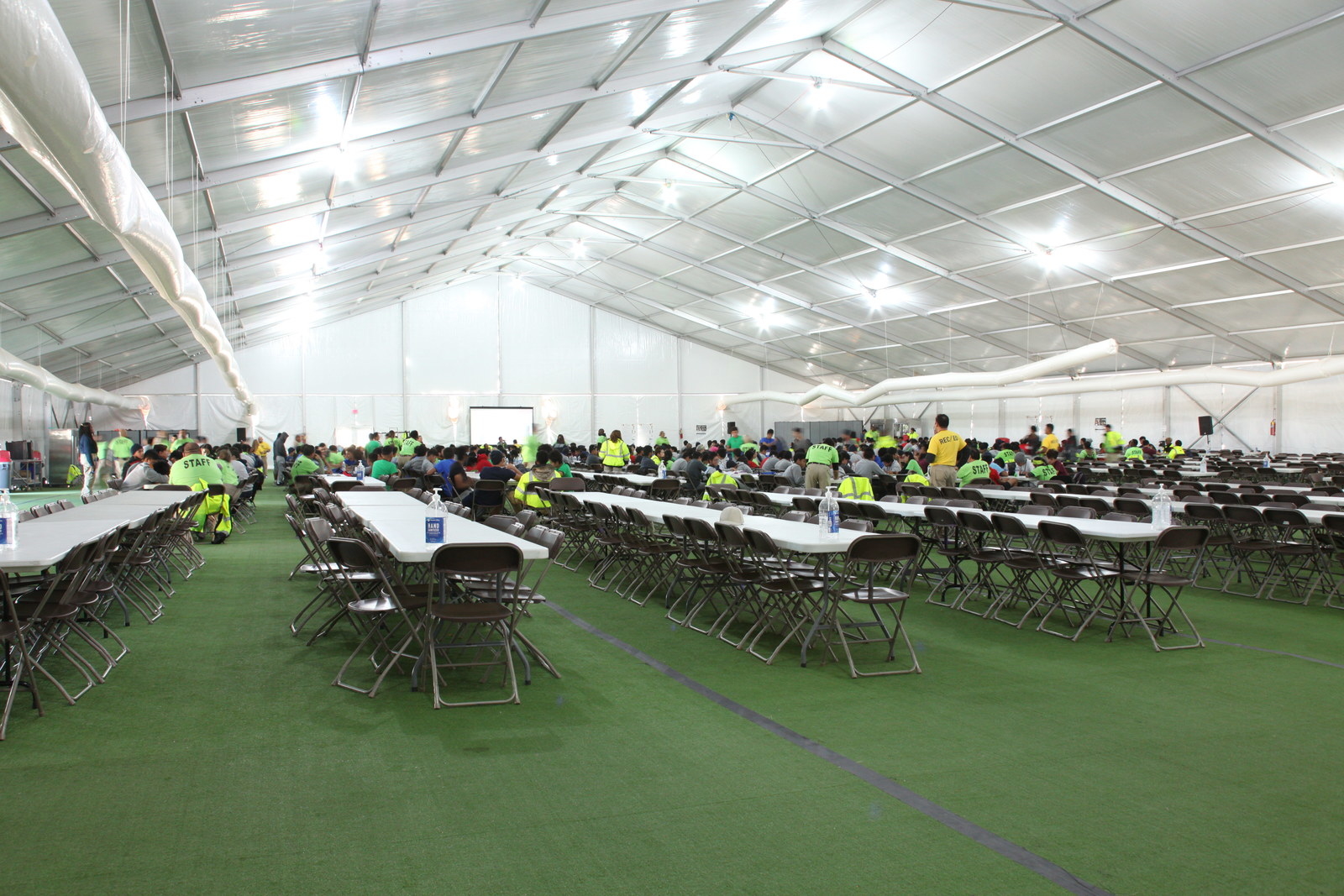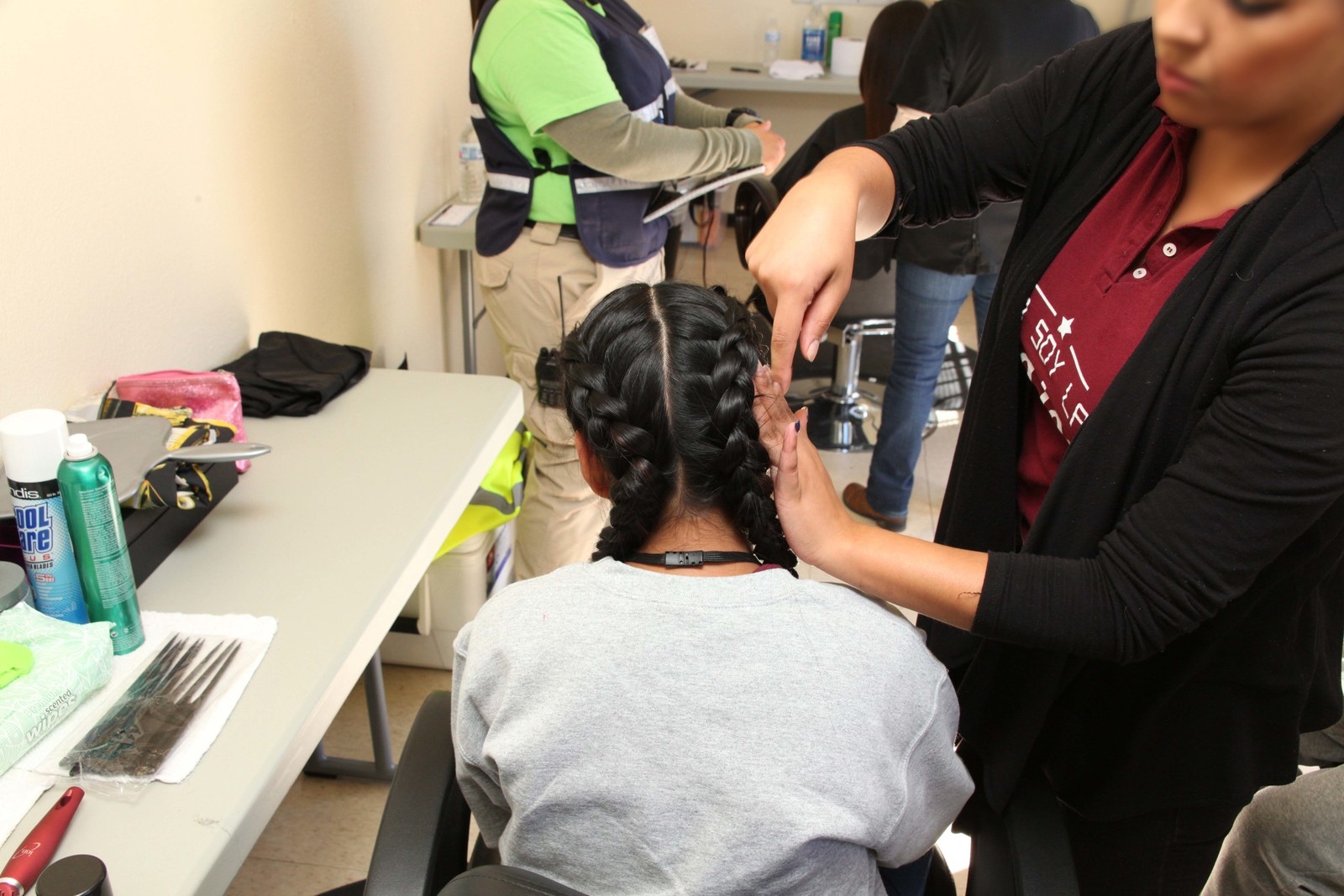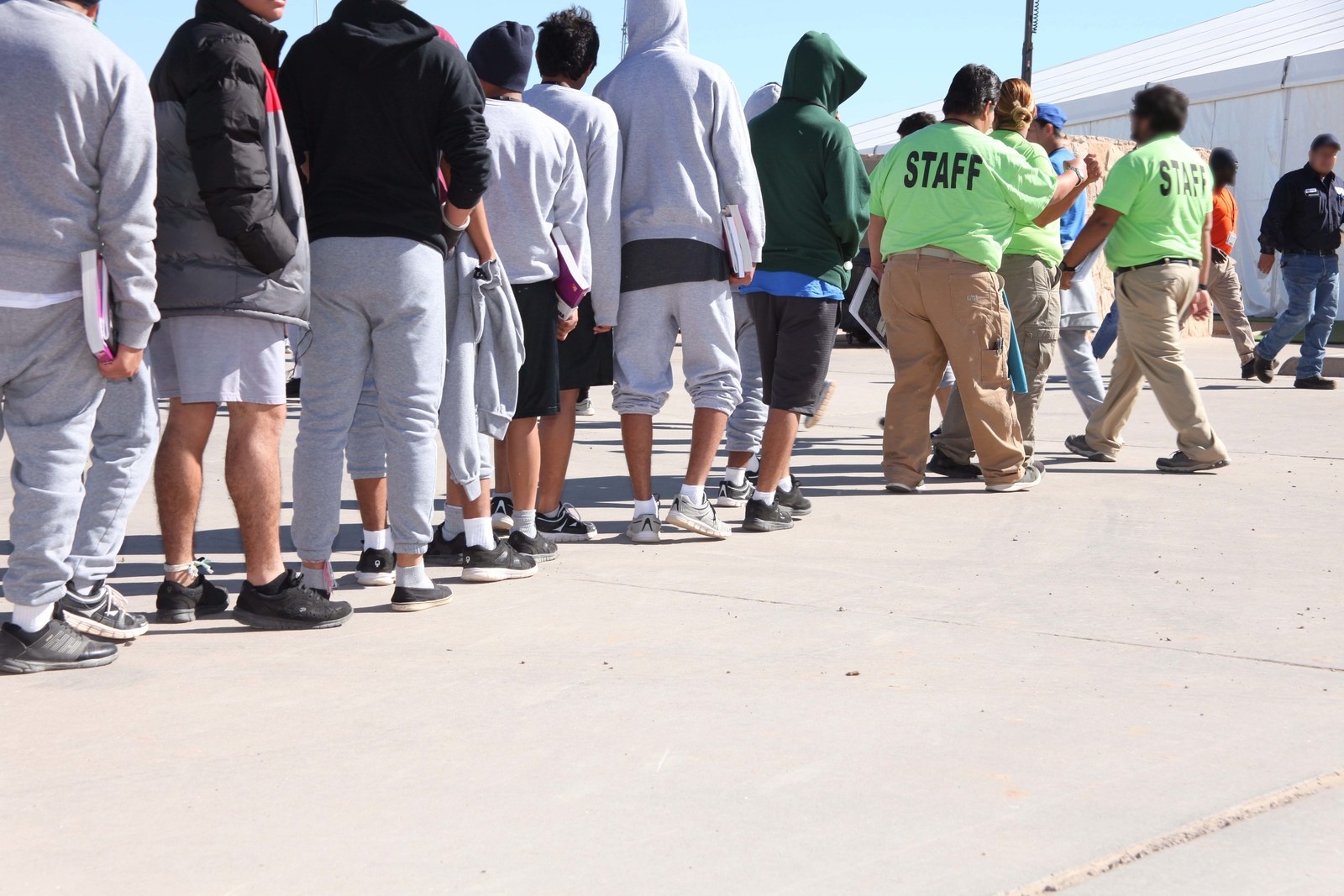Judges in the nation’s federal criminal courts increasingly are balking at what they call unlawful efforts by U.S. immigration authorities to continue to detain people charged with entering the country illegally, even after they have been granted bail.
The rulings complicate the Trump administration’s “zero tolerance” crackdown on defendants who are charged with illegally crossing the border but whom judges have determined do not pose a flight or safety risk.
The decisions force prosecutors to make a choice — charge defendants with illegal entry or reentry and risk that a federal judge releases them pending trial, or keep suspects locked up in civil detention pending deportation proceedings and forgo criminal prosecution.
A recent ruling by a federal judge in Washington highlights the human and legal issues at stake, the case of a dishwasher from El Salvador who has a wife and two children in the District, where he returned after two deportations.
The surge in such criminal cases stems from an April 2017 announcement by U.S. Attorney General Jeff Sessions prioritizing Justice Department prosecutions of entry and reentry crimes. More than 60,000 people have faced such criminal charges since then, with twice as many new prosecutions this July, the most recent month for which data is available, compared with the same month in 2017, according to Syracuse University’s Transactional Records Access Clearinghouse, which monitors cases.
Individuals caught without documents on a first offense can be charged with a misdemeanor, but anyone caught in the United States after a prior deportation can be charged with a felony and face more than a year in prison. Immigration-related prosecutions are now the majority of all federal criminal cases, stretching far beyond states bordering Mexico.
 Attorney General Jeff Sessions early this month in Ohio. (Adam Cairns/Columbus Dispatch/AP)
Attorney General Jeff Sessions early this month in Ohio. (Adam Cairns/Columbus Dispatch/AP)Advocates for immigrants say the recent court rulings may limit the use of the criminal charges to pressure defendants to abandon efforts to stay in the United States. The impact on overall removal efforts remains to be seen, but courts appear to be pushing back at an expansion of authority by prosecutors and Immigration and Customs Enforcement.
In the District, one rejection of the tougher tactics came from U.S. District Judge Royce C. Lamberth, a 1987 appointee of President Ronald Reagan. On Sept. 26. Lamberth said the government cannot have it both ways — asking federal courts to deny bail to defendants awaiting criminal trial and then, if a judge disagrees, holding them anyway in the immigration system.
The decision came in the case of Jaime Omar Vasquez-Benitez, 38, who court papers say was picking food up at a restaurant in July when D.C. police stopped him for suspected gang activity and turned him over to ICE. Federal public defenders say Vasquez-Benitez had quit a gang and fears for his life if he is deported.
He was charged in August with felony reentry despite deportation orders in 2008 and 2014.
A federal magistrate and district judge ruled Vasquez-Benitez should be released on bail, but U.S. marshals returned him to ICE custody. Defense attorneys moved to enforce the release order, and the case ended up in front of Lamberth after Vasquez-Benitez was indicted.
Lamberth ruled that a landmark 1966 U.S. bail statute specifically covers migrants and must “trump” more-general immigration laws, releasing Vasquez-Benitez into a high-intensity supervision program. He wrote that courts have long “upheld as sacrosanct” the principle that no one can act as prosecutor and judge at the same time, and that the Justice Department cannot ignore bail rulings any more than it can shrug off a defendant’s right to a speedy trial.
The judge said prosecutors can pursue both criminal charges and civil removal cases against defendants but must abide by a judge’s decision to grant bail. Or they can forgo charges and keep defendants locked up in civil detention while pursuing deportation.
People detained without valid immigration documents may well be worse off if uncharged, “languishing” indefinitely without speedy trial or access to bail in ICE detention camps far from families or counsel, the judge noted.
“Nevertheless, the government can do that” under immigration law, Lamberth wrote. “But so long as the government invokes the jurisdiction of a federal court, the government must consent to the Court’s custodial dominion over the criminal defendants before it.”
A decision on whether to appeal is pending. Bill Miller, a spokesman for the U.S. attorney’s office for the District, said the office was reviewing the ruling.
In a July 2017 Justice Department bulletin to 94 U.S. attorney offices nationwide, Oregon federal prosecutor Gregory R. Nyhus said that federal criminal statutes and civil immigration laws “are reconcilable” and that “courts should be encouraged to harmonize these statutes rather than focusing on [one] to the complete exclusion of the other.”
The government’s position — that it can hold Vasquez-Benitez strictly for deportation on a reinstated removal order, unrelated to his prosecution — has yet to be decided by an appeals court.
Rulings by trial judges in similar cases have varied.
Since July 2017, federal judges in Washington, Manhattan, Brooklyn, Detroit, Cleveland and Austin have rejected the government’s approach, drawing on a 2012 district court opinion in Oregon and a similar 2015 ruling by the U.S. Court of Appeals for the 9th Circuit that “the executive branch has a choice to make” between holding an undocumented person for deportation or prosecuting that person under criminal law and the Constitution.
Federal judges in Buffalo and Philadelphia have come down on the other side, saying that criminal and immigration laws can “coexist” on “parallel” tracks. Before the Trump administration, prosecutors would typically drop criminal charges to pursue civil removal if a previously deported defendant won bail.
Yihong “Julie” Mao, staff attorney with the National Immigration Project of the National Lawyers Guild, said the group was “heartened” by court rulings upholding undocumented immigrants’ right to bail and pretrial release based on family and community ties. She added: “This is fundamentally a separation-of-powers issue. The Department of Justice cannot be both judge and prosecutor.”
Mary Petras, an assistant federal public defender who is representing Vasquez-Benitez in the District, declined to comment.
[Trump’s ‘zero tolerance’ at the border is causing child shelters to fill up fast]
In court filings, Assistant U.S. Attorney Kenneth Clair Kohl argued that the defendant’s case is not covered by the 2012 ruling, because ICE is holding him solely to deport him, not to prosecute him.
The Salvadoran man was first arrested in 1997, falsely claimed Mexican citizenship and was allowed to go to Mexico, according to court papers. He was deported in 2008 after serving a three-year sentence for felony obstruction of justice in the District and again in 2014, before he was caught for a fourth time this July.
Prosecutors would have prosecuted Vasquez-Benitez even in past years because of what they said in court papers was his “threatening, violent behavior” and felony criminal conviction. Vasquez-Benitez was convicted of obstruction of justice for telling a woman in 2005 she would “pay the consequences” if she called the police, and a 2014 arrest warrant in El Salvador said he has been charged with extortion, prosecutors said.
“There may come a time . . . [when] immigration proceedings have concluded . . . forcing the United States to choose between physical removal and continuation of this criminal case. That time, however, has not yet come,” wrote Kohl and Assistant U.S. Attorney Elizabeth Dewar in an unsuccessful effort to detain the man.
Petras told the court the man is a longtime restaurant worker, and his wife works part time as a hotel housekeeper. Both have family nearby, and the couple’s 3-year-old daughter and 9-year-old son attended a recent court hearing.
Petras argued the man posed no flight risk, because he is seeking to halt his deportation after gang members in El Salvador sent him a message warning that he had “signed his death warrant” by quitting the gang and removing gang tattoos.
The lawyer said the fact that her client has lived in the Washington area for years and returned shows that he “wants to be here and that he has no intent or incentive to flee.”

























